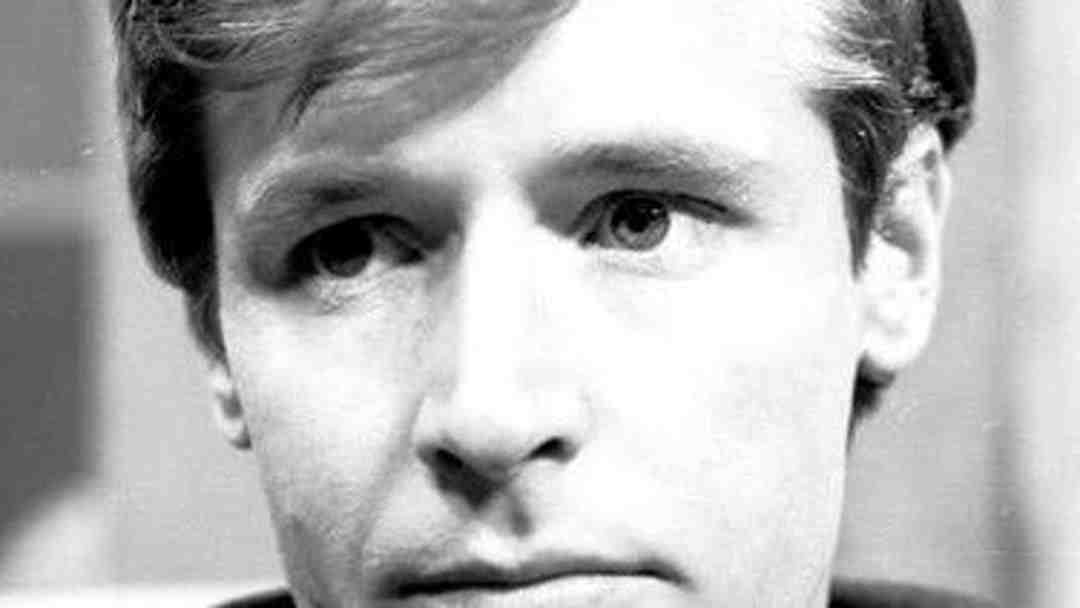
Introduction
Princess Diana, known as the ‘People’s Princess’, remains a significant figure in British history and culture more than two decades after her tragic passing. Her approach to charity, her role within the British royal family, and her outspoken nature revolutionised public perceptions of the monarchy. This article explores her life, influence, and lasting legacy.
Life and Background
Diana Frances Spencer was born on July 1, 1961, into an aristocratic family and became the Lady Diana Spencer when her father inherited the title of Earl. She garnered fame following her engagement to Prince Charles in 1981, which was viewed as the fairy tale wedding of the century. However, their marriage faced considerable challenges, including media scrutiny and personal difficulties. The couple ultimately divorced in 1996, a year before her untimely death in a car accident in Paris.
Charitable Work and Public Influence
Throughout her life, Princess Diana championed numerous charitable causes, notably focusing on HIV/AIDS awareness, landmine removal, and children’s hospitals. Her work in destigmatising HIV/AIDS care, especially in the 1980s, was groundbreaking; she famously hugged an AIDS patient, defying the conventional fears surrounding the disease. Diana’s compassion and approach to philanthropy helped to humanise the royal family’s image, presenting them as relatable and committed to global issues.
The Media and Public Perception
Princess Diana had a complex relationship with the media, which both elevated her status and contributed to her struggles. While her glamour and charisma were widely celebrated, the incessant paparazzi coverage also invaded her personal life, a reality that arguably led to her tragic death. In recent years, public sentiment has shifted towards recognising the pressures of her situation, leading to calls for reforms regarding media ethics and privacy.
Conclusion
The legacy of Princess Diana continues to influence discussions around the royal family and their role in modern society. Her impact on charitable endeavours remains evident, with many organisations still benefitting from her early work. Additionally, her personal story invites reflection on the responsibilities of the media and the treatment of public figures. As her influence endures, we are reminded of her lasting message of compassion and the importance of empathy in today’s world.
You may also like

Remembering Matthew Perry: A Look at His Life and Legacy

The Enduring Legacy of James Madison
